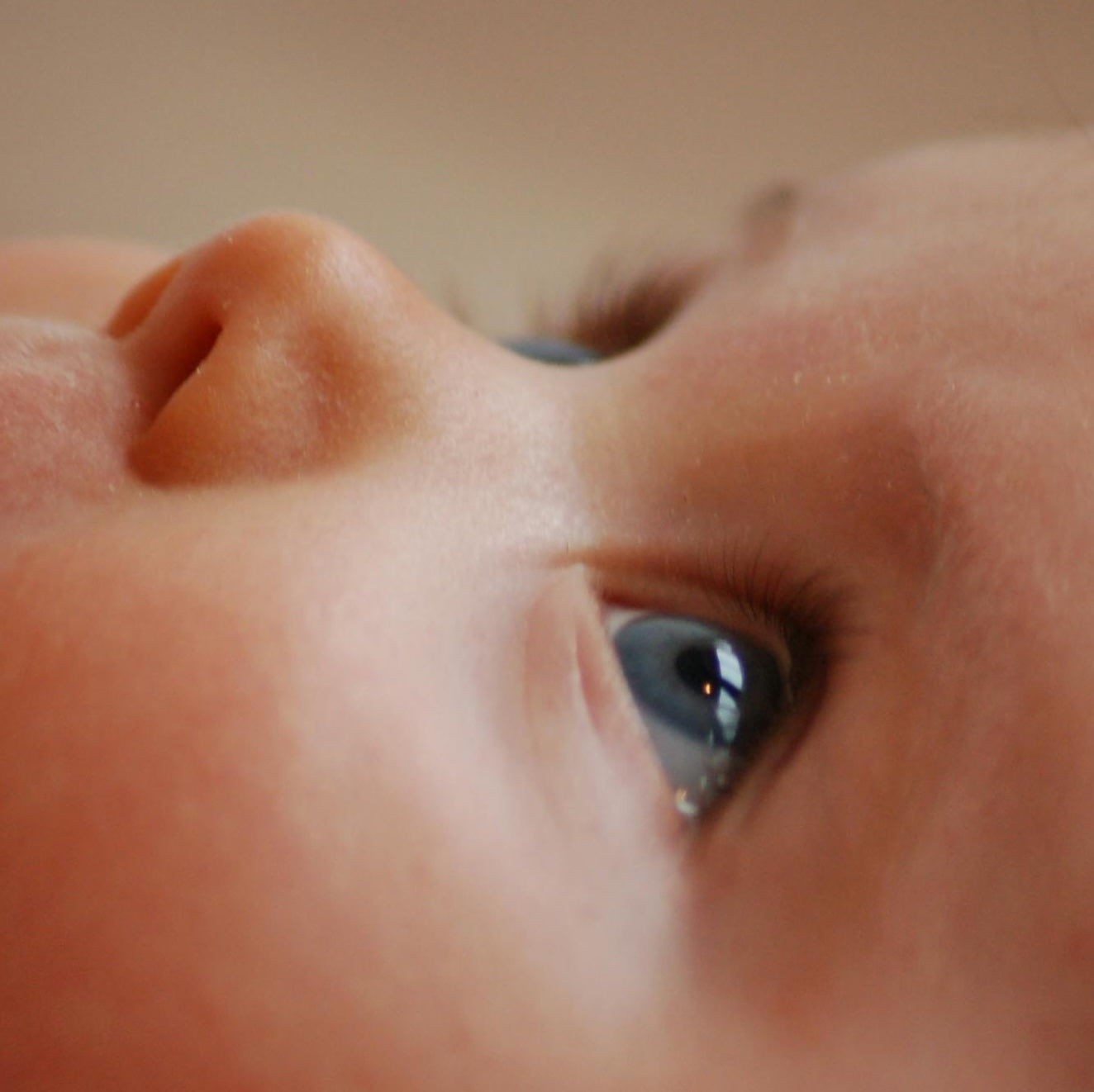Why Breast Milk Delivers More
Breast milk is not just nutritionally complete—it is biologically intelligent. Its components are naturally designed for the infant’s developing body, enabling higher bioavailability of nutrients. This means babies can absorb and use more of the nutrients efficiently compared to formula-fed infants¹.

What is Bioavailability?
Bioavailability refers to the proportion of a nutrient that is digested, absorbed, and metabolized through normal pathways. While infant formulas often contain higher quantities of certain nutrients, breast milk delivers them in forms that are easier for an infant's body to use².
Nutrients with Superior Bioavailability in Breast Milk
Human milk contains low iron (~0.07 mg/100mL) but with up to 50% absorption³, compared to 4–10% from formula. |
|
Despite lower levels than formula, calcium in breast milk is more readily absorbed⁴ due to the presence of lactose and bioactive peptides. |
|
Breast milk contains whey-predominant proteins⁵, easier to digest than casein-dominant proteins in formula. |
|
Provides DHA and ARA, critical for neural development⁶, in forms tailored for infant enzyme activity. |
|
Vitamin A, B-complex, and E are delivered in bioactive forms that enhance absorption⁷. |
Breast Milk vs. Formula: Nutritional Comparison
While infant formula is fortified to meet nutritional guidelines, the bioavailability and unique bioactive components in breast milk are superior and irreplaceable.
| NUTRIENT | BREAST MILK (per 100 mL) | INFANT FORMULA (per 100 mL) |
|---|---|---|
| Calories | 65–70 kcal | 66–70 kcal |
| Protein | 0.9–1.2 g | 1.2–1.5 g |
| Fat | 3.2–3.6 g | 3.3–3.6 g |
| Carbohydrates | 6.7–7.8 g | 7.0–7.5 g |
| Calcium | 25–35 mg | 50–60 mg |
| Iron | 0.07–0.2 mg | 0.5–1.0 mg |

The Irreplaceable Value of Human Milk
MaiaMilk preserves the full biological complexity of breast milk through a gentle freeze-drying process. Unlike formula, which attempts to mimic some of these elements, MaiaMilk delivers:
• Nutrients in their most absorbable forms
• A diverse range of immunological agents and growth-supportive compounds
• The unmatched synergy of natural human milk composition
It is more than nutrition—it's a biologically active system, evolved specifically for the needs of human infants.
1. Ballard, O., & Morrow, A. L. (2013). Human milk composition: Nutrients and bioactive factors. *Pediatric Clinics of North America*, 60(1), 49–74. | 2. Agostoni, C., et al. (2009). Breast-feeding: A commentary by the ESPGHAN Committee on Nutrition. *Journal of Pediatric Gastroenterology and Nutrition*, 49(1), 112–125. | 3. Lonnerdal, B. (2017). Excess iron intake as a factor in growth, infections, and development of infants and young children. *The American Journal of Clinical Nutrition*, 106(Suppl_6), 1681S–1687S. | 4. Heaney, R. P. (2001). Factors influencing the measurement of bioavailability, taking calcium as a model. *The Journal of Nutrition*, 131(4), 1344S–1348S. | 5. Jiang, P., & Schwendimann, L. (2022). Infant formula protein types and digestion. *Current Opinion in Clinical Nutrition and Metabolic Care*, 25(3), 197–203. | 6. Koletzko, B., et al. (2008). Should infant formula provide both DHA and ARA? *Annals of Nutrition and Metabolism*, 52(1), 22–28. | 7. Allen, L. H. (2005). Multiple micronutrients in pregnancy and lactation: An overview. *The American Journal of Clinical Nutrition*, 81(5), 1206S–1212S. | 8. Bode, L. (2012). Human milk oligosaccharides: Every baby needs a sugar mama. *Glycobiology*, 22(9), 1147–1162. | 9. Brandtzaeg, P. (2010). The mucosal immune system and its integration with the mammary glands. *The Journal of Pediatrics*, 156(2 Suppl), S8–S15. | 10. Legrand, D., et al. (2008). Lactoferrin: A modulator of immune and inflammatory responses. *Cellular and Molecular Life Sciences*, 65, 2549–2559. | 11. Rogier, E. W., et al. (2014). Secretory antibodies in breast milk promote long-term intestinal homeostasis. *Current Opinion in Gastroenterology*, 30(6), 554–559. | 12. Hassiotou, F., et al. (2012). Breastmilk is a novel source of stem cells. *Stem Cells*, 30(10), 2164–2174. | 13. Kosaka, N., et al. (2010). microRNA as a new immune-regulatory agent in breast milk. *Silence*, 1(1), 7.













